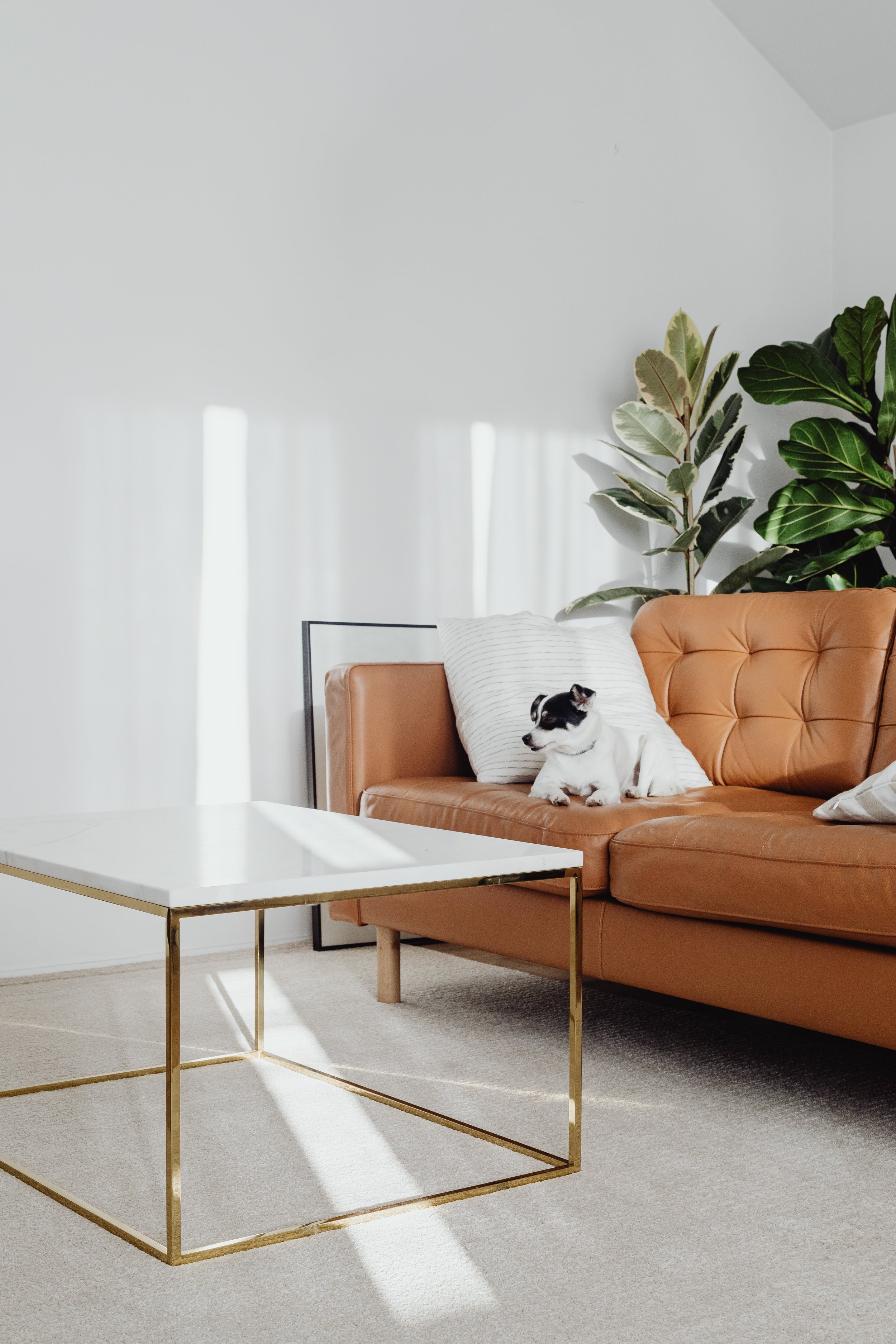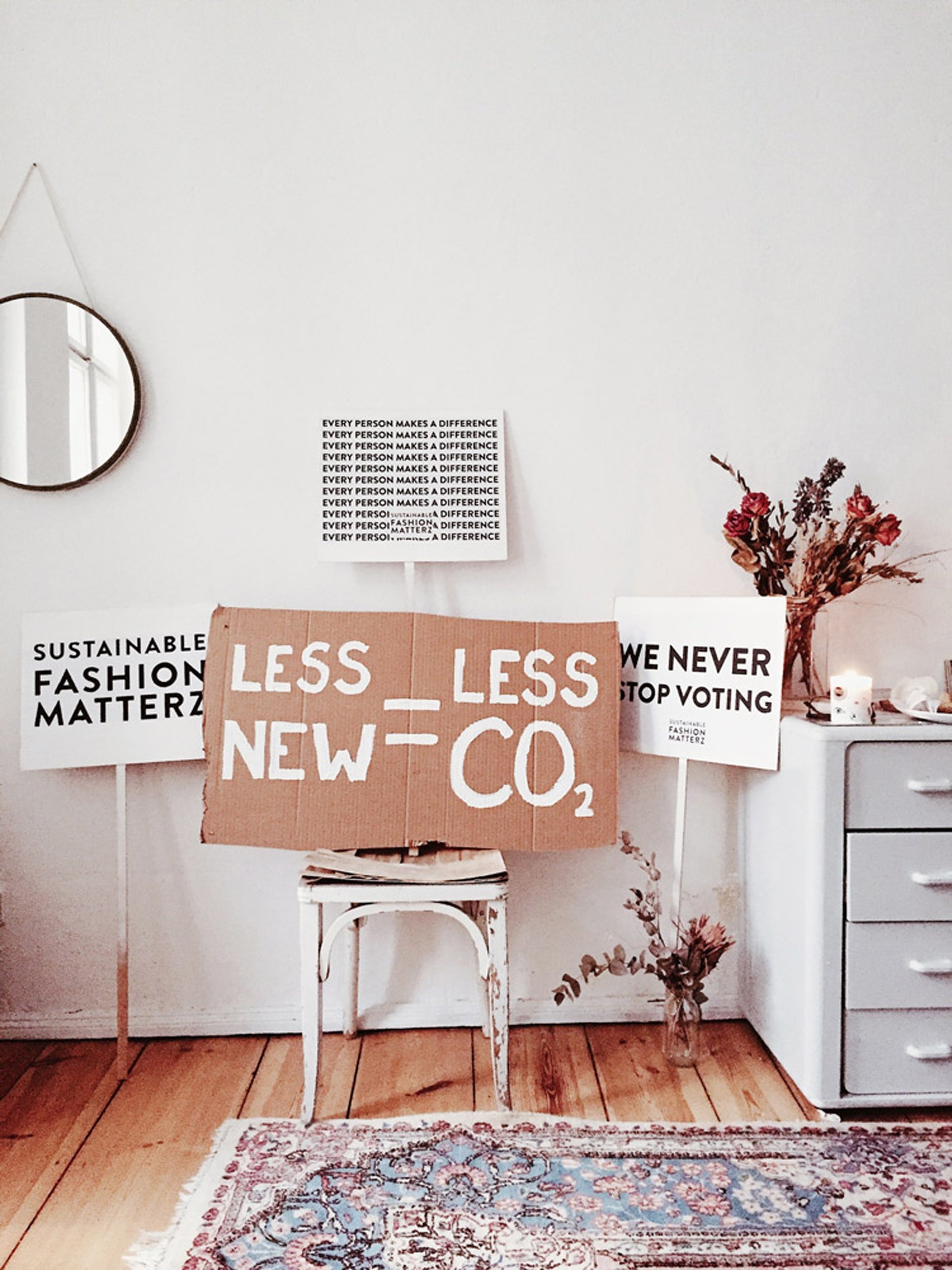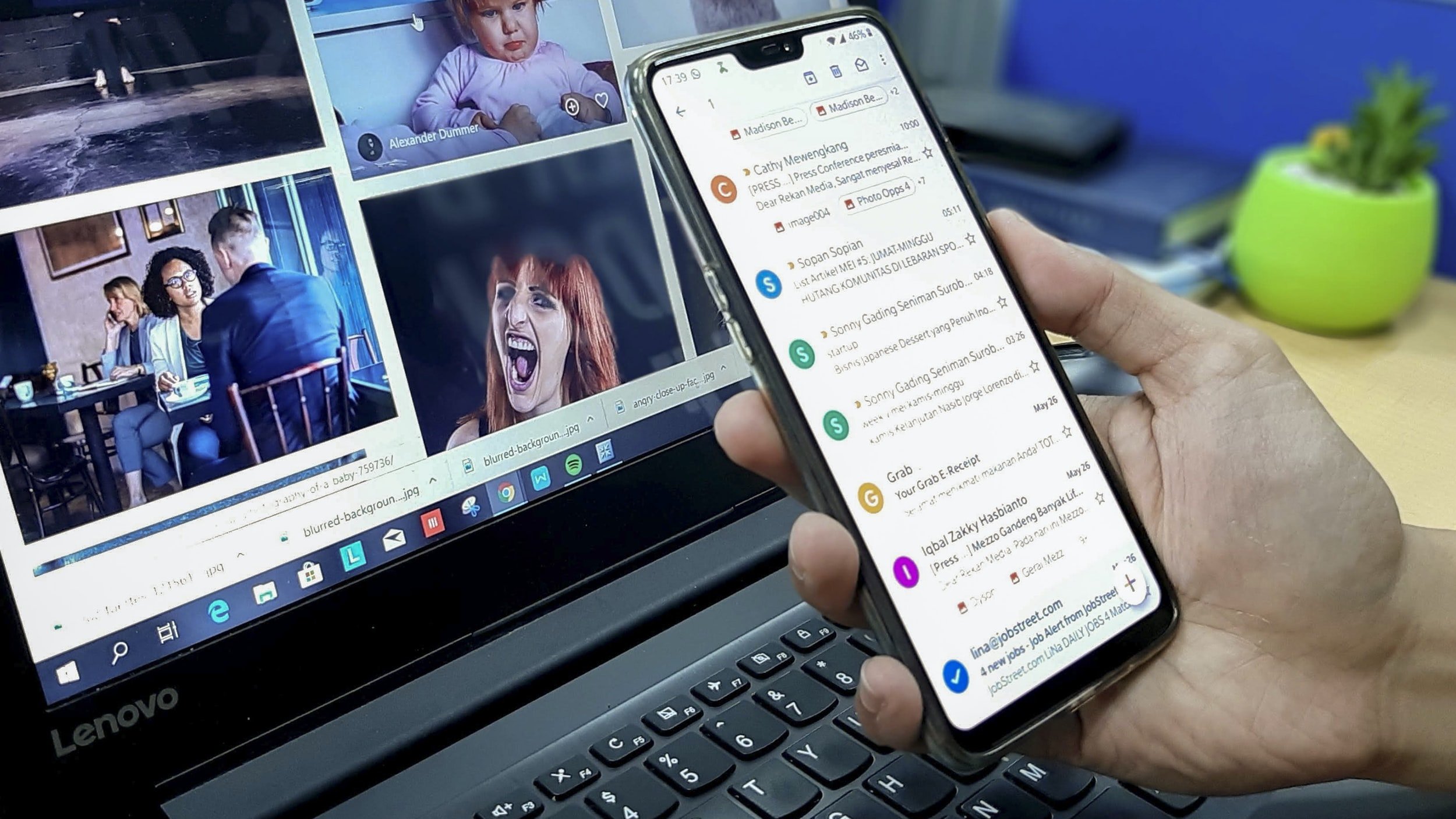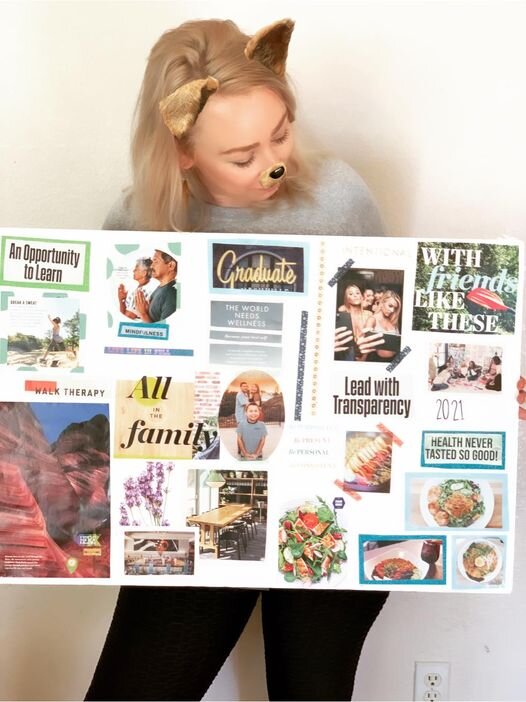Propaganda We're Not Falling For: 5 Organizing Myths That Need to Go
/Let’s talk about some of the organizing propaganda floating around out there—the kind that clutters your mindset way more than your home. I’ve heard it all: "You're just not the organized type," or "Just start somewhere and figure it out." Spoiler alert: None of that is helpful. In fact, it's the reason so many people stay stuck. So let’s bust some myths and get real about what organizing actually looks like.
1. “You can’t learn to get organized.”
Oh, really? So we can learn math, learn to drive, learn to file our taxes (sort of), but organizing is some magical trait you either have or don’t? Nope. Organizing is a skill, and like any skill, it can be taught and practiced. With the right mindset, systems, and a little patience, even the most chaotic home (and schedule) can find peace and order. I’ve taught plenty of people who once claimed to be “hopeless.” Spoiler: they weren’t.
2. “Your house should look like no one lives in it.”
This one needs to be rolled up and tossed in the donation bin. A tidy home does not mean a lifeless, sterile museum where you’re afraid to sit on the couch. Real homes have pets, kids, hobbies, snack drawers, and laundry piles (yes, even mine!). The goal isn’t perfection—it’s function. A well-organized home should support your life, not stage one you don’t actually live in.
3. “You can organize your whole house in a day.”
Unless you live in a studio with no furniture and zero belongings, this is just unrealistic. True organizing takes time. You need to declutter, sort, clean, assign homes to things, create systems, and test those systems. That doesn’t happen in one magical 12-hour transformation montage. Start small, build momentum, and pace yourself. It’s not about speed—it’s about sustainability.
4. “Just start somewhere!”
This one almost works… but not quite. Yes, starting is better than stalling—but let’s be honest, if you start with no plan or vision, you’ll likely end up with a reorganized junk drawer and zero real progress. You need a clear idea of what you want your space—and life—to look like. From there, you can work backward and build systems that actually serve you. Otherwise, it’s just chaos in a prettier bin.
5. “You can’t have it all.”
Now this one’s extra spicy, because it’s often used to guilt people out of wanting more. No, you might not have everything, but you can have an organized home, a meaningful career, quality time with your family, and moments of peace. Will it take intention, planning, and a little effort? Yes. But don’t let anyone tell you to shrink your vision. You deserve a life—and home—that reflects what matters most to you.
So next time you hear one of these myths whispered by the internet, an old-school organizer, or that inner voice telling you you're not "naturally tidy"—politely show it the door. Then grab a notebook, dream up your ideal space, and start designing a system that works for you.
Because yes—you can learn, your home can be functional and full of life, and no, you don’t have to do it all in one exhausting day.
Need help building that vision or figuring out where to start? That’s what I’m here for. Let’s organize your home and your life—without the propaganda.
























